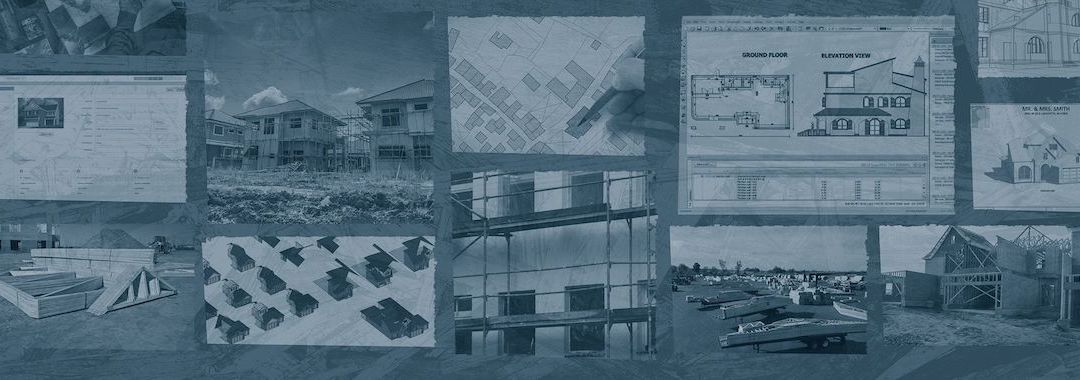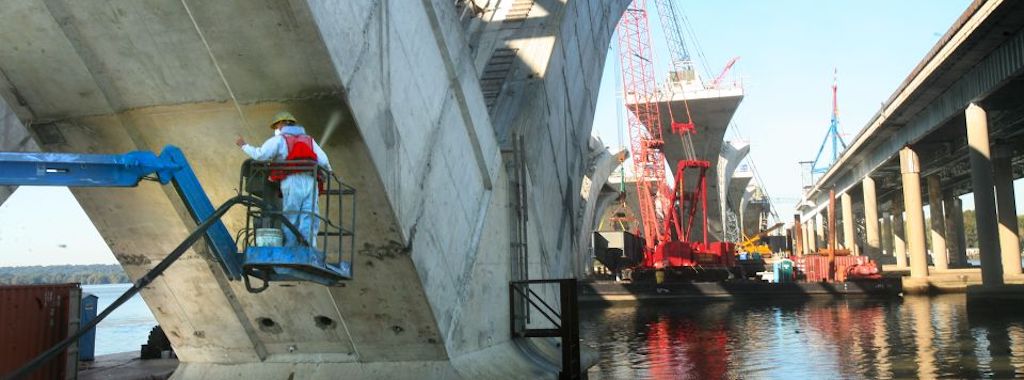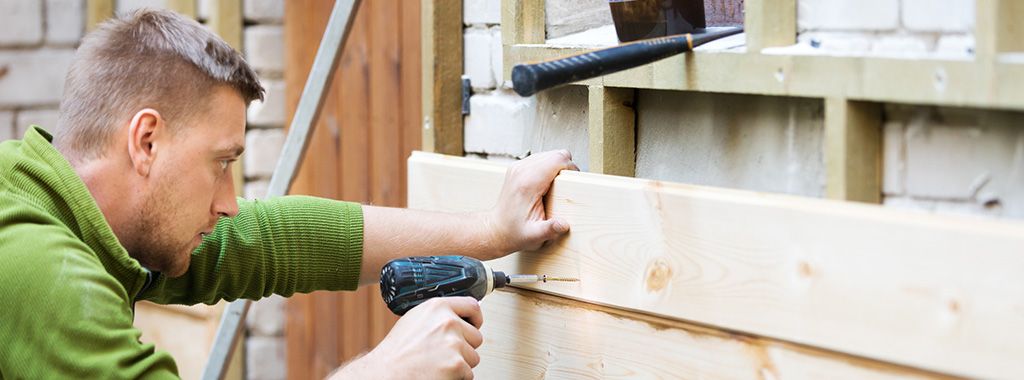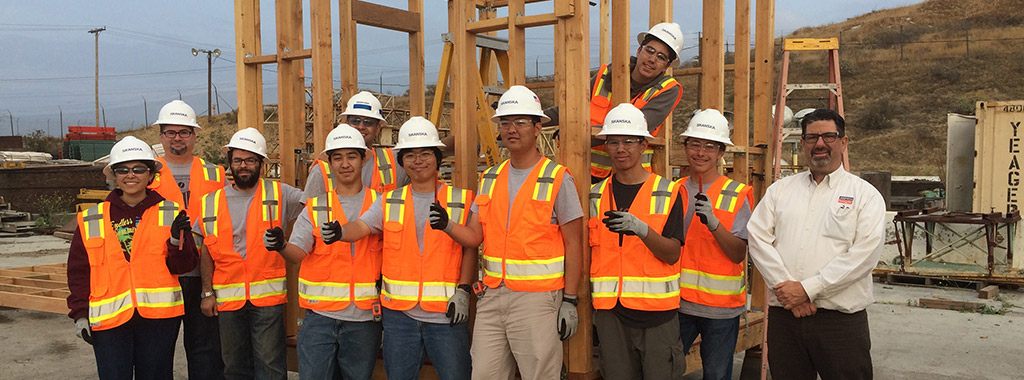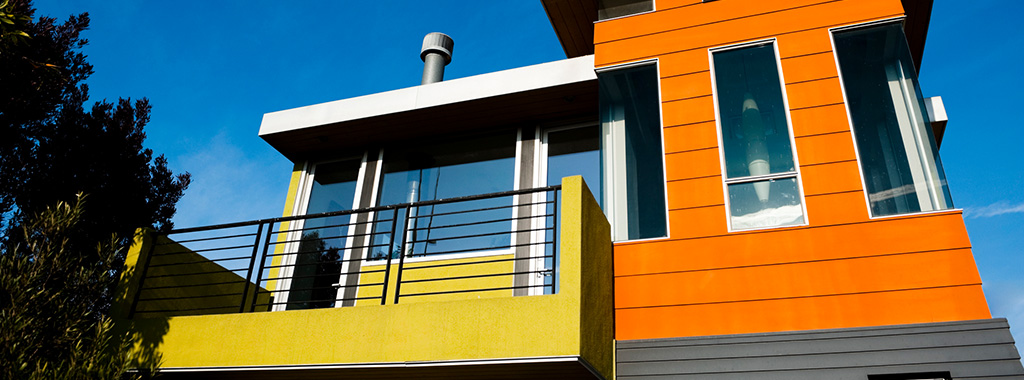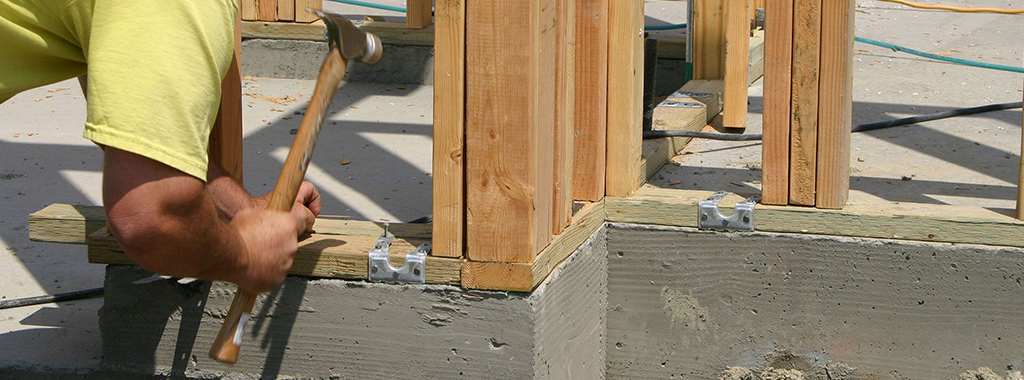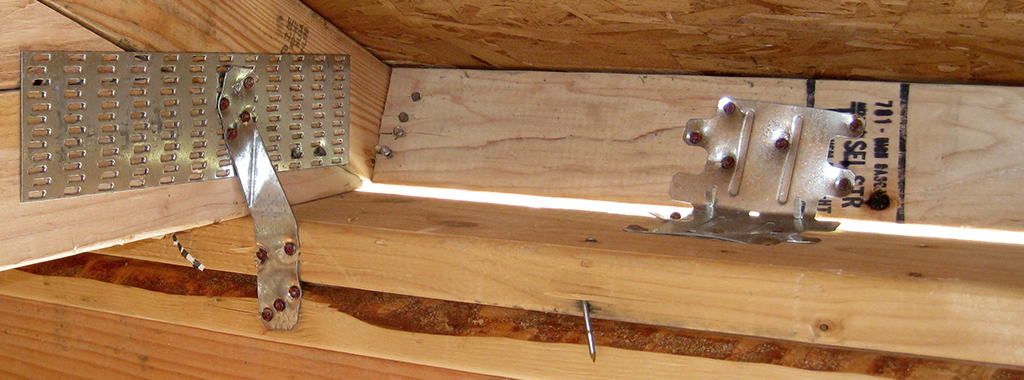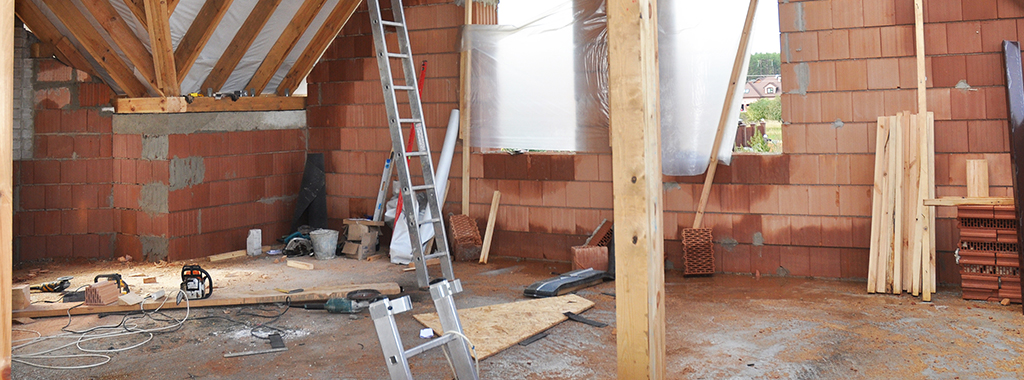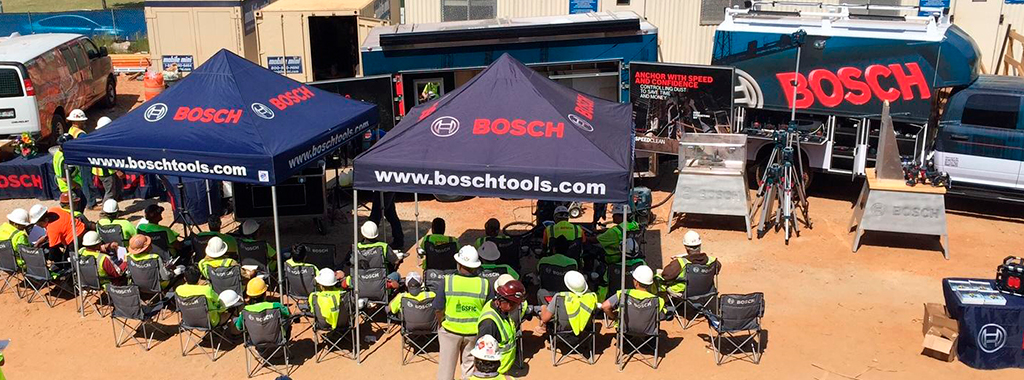Founded by Jim McCall in 1993, McCall Homes has always been focused on providing quality homes in neighborhoods across Billings, Montana. As McCall’s three children (Brad, Carolee, and Greg) joined the company over the years, that concept of quality has evolved into an even more meaningful vision: to create communities where homeowners can connect with their neighbors and live in a place “where life really happens.”
Author: Chris of the Strong-Tie Blog Team
Jump Start: Where Infrastructure Spending Typically Goes
Provisions of a $1.5 trillion infrastructure investment plan revealed by the White House in February 2018 included $200 billion in federal spending to incentivize local governments, support existing infrastructure loan programs like the Water Infrastructure Finance and Innovation Act (WIFIA), build projects of national significance, and provide rural block grants to states for investments into transportation, waste and power projects.
Continue reading “Jump Start: Where Infrastructure Spending Typically Goes”
Better Engineering for Stronger, Longer-Lasting Bridges and Wastewater Infrastructure
Eighty-one years ago this May, traffic opened on a newly constructed bridge span between Marin County, California, and the city of San Francisco. At 4,200 feet long and with towers 746 feet high, the steel suspension bridge was the longest and tallest bridge of its time. Built at a cost of $35 million, held together with 1.2 million rivets, and painted international orange from end to end, the Golden Gate Bridge was an instant symbol not just of California idealism, but of American engineering and construction might.
While the Golden Gate is no longer the longest or tallest bridge in the world, its iconic status has endured. Named one of the seven wonders of the modern world by the American Society of Civil Engineers, the Golden Gate enjoys regular special attention from 13 ironworkers and 28 painters who replace corroding steel and rivets with high-strength steel bolts and constantly touch up the span with paint to prevent corrosion.
Continue reading “Better Engineering for Stronger, Longer-Lasting Bridges and Wastewater Infrastructure”
Staying Put, Riding Out the Storm and Surviving the Odds by Sheltering in Place
Disaster strikes. It’s inevitable, given enough time. Regardless of where you live, there are natural disasters waiting to happen, be they earthquakes, floods, tornadoes or hurricanes. Meteorologists and emergency service providers can often provide advance notice of weather-related disasters like hurricanes, but seismic events, tornadoes and flash floods can often occur with little or no warning.
In the wake of recent catastrophic events such as Superstorm Sandy (233 deaths, $75 billion in damages), the 2011 Joplin tornado (158 deaths, $2.8 billion in damages), and Hurricane Katrina (1,245 deaths, $108 billion in damages), emergency management experts are increasingly evaluating the benefits of sheltering in place as opposed to evacuation. According to the Federal Emergency Management Agency (FEMA), sheltering in place is generally advisable when it may be dangerous to leave your home or place of employment.
Continue reading “Staying Put, Riding Out the Storm and Surviving the Odds by Sheltering in Place”
Laying Foundations: Simpson Strong-Tie Mentoring Future Construction Leaders of America
Good news for anyone involved in construction: The industry added 23,000 specialty trade contractor jobs in November 2017, according to the U.S. Bureau of Labor Statistics. The bad news? Construction employers will likely struggle to fill new positions, as a labor shortage triggered by the 2007–2009 Great Recession continues to dampen more robust growth for the builder economy.
In fact, the number of builders reporting a critical shortage of labor has grown from 21% in 2012 to 46% in 2014, 52% in 2015 and 56% in 2016, says Paul Emrath, who tracks industry economic statistics as the vice president for survey and housing policy research for the National Association of Home Builders.
Continue reading “Laying Foundations: Simpson Strong-Tie Mentoring Future Construction Leaders of America”
Modular Building: a Faster, Higher-Quality Alternative to Stick-Built Construction
Modular construction — sometimes also known as prefabricated, prefab, prebuilt, manufactured, factory-built, or panelized construction — ain’t no stroll in the trailer park. Although double-wides and modular prefabs sometimes roll off the same factory floor, the similarities end there between mobile homes and true modular construction, which is gaining a foothold in markets as builders and developers look for higher-quality, more efficient construction processes.
Like component construction, modular building takes much of the labor off of the construction site and puts it on a factory floor, where assembly can be value-engineered to minimize waste and maximize speed and overall product quality. And while modular building includes trusses and panels, modular component facilities are much more than your run-of-the-mill truss plant.
Continue reading “Modular Building: a Faster, Higher-Quality Alternative to Stick-Built Construction”
How to Fix the Most Common East Coast Framing Errors
Of all the possible mistakes that pop up across East Coast construction sites, one easy-to-correct framing blunder continues to vex even the best builders and structural engineering experts – the use of incorrect fasteners. Despite the industry’s best training efforts, the availability of print handbooks and installation guides, and even easy-to-understand smartphone videos and graphics, framing laborers are seemingly content to bang away at various anchors, straps and plates using whatever nail happens to be loaded in the gun.
“Even with great advancements in building designs and roof and framing systems, the bigger issue remains how well those designs are executed in the field,” explains Simpson Strong-Tie builder service rep Kevin Kelly. “No matter how much training we do and how many pocket install guides we publish, the biggest issue with framing connectors is always the use of incorrect fasteners.”
Continue reading “How to Fix the Most Common East Coast Framing Errors”
Repetitive Training Needed to Fix the Most Common West Coast Framing Errors
The more things change, the more they stay the same. Take framing, for instance. In November 2009, Simpson Strong-Tie Pacific Northwest Outreach Coordinator Jim Mattison penned the article Framing Hardware Dos and Don’ts for the Journal of Light Construction, outlining some of the most common framing errors as seen in the field, including notching studs and joists around anchors, using incorrect fasteners and overdriving nails with pneumatic nailing equipment.
So what’s evolved out there on the jobsite in the eight years since? “Not much,” bemoans Mattison, who says common framing mistakes still vex most of the builders he visits across the Western US. “When it comes to installing the hardware, the problems that plagued the industry in 2009 persist today, and while some of the hardware has changed in configuration and use, simple installation errors regarding use of incorrect fasteners and fastener overdrive are still happening frequently.”
Continue reading “Repetitive Training Needed to Fix the Most Common West Coast Framing Errors”
Home Improvement Projects Done Without Permits Jeopardizes Home Sales and Contractor Reputations
In late July 2017, the Los Angeles County Superior Court finally dropped the gavel on Mohamed Hadid, sentencing the mega-mansion builder – and father of supermodels Bella and Gigi Hadid – to three years of probation, 200 hours of community service, and more than $3,000 in fines for unpermitted construction on a 30,000 square foot home perched over a Bel Air, Calif. hillside.
Dubbed by Curbed L.A. as the country’s “most illegal mansion,” the sprawling compound boasted pool decks, an IMAX theater, and an entire ground floor that city planners said were never approved. Between 2011 and 2015, ownership of the property changed hands five times even as Hadid stayed on as a developer, allegedly engaging in unpermitted grading and hiding illegal construction behind tarps and taped over doors and windows.
Continue reading “Home Improvement Projects Done Without Permits Jeopardizes Home Sales and Contractor Reputations”
Triple Feature: Three Companies Join Forces to Enhance Jobsite Safety
Simpson Strong Tie, Bosch Power Tools, and Ergodyne Work Gear team up for the ultimate road trip.
Quick, what do the Atlanta Falcons and Apple Computer have in common? Give up? Well of course they’re both incredibly popular consumer brands, but they’re also both behind some of the biggest U.S. construction projects in recent history. And that’s not all: Apple’s $5 billion mothership headquarters in Cupertino, Calif. and the Falcons’ $1.6 billion Mercedes-Benz Stadium were also recent stops on the Bosch Power Tour, a contractor safety and tool demonstration road trip that last year hit close to 200 jobsites across the country.
Continue reading “Triple Feature: Three Companies Join Forces to Enhance Jobsite Safety”


